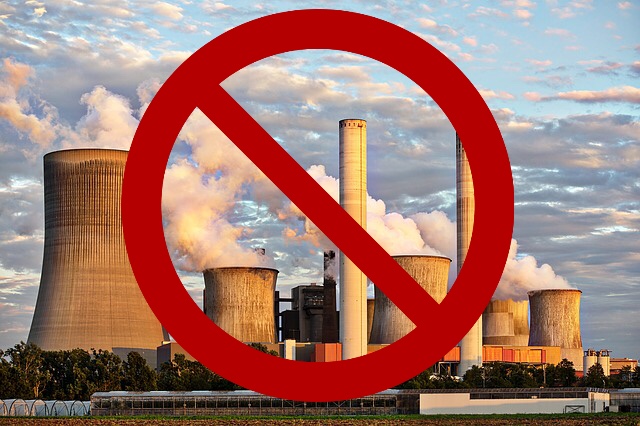
- Sustainable Planet -
- 4mins -
- 284 views
Coal is on the way out: new study finds fossil fuel now more costly than solar or wind
Around three-quarters of coal production is more expensive than renewables, with the industry set to become out-competed on cost by 2025.
US ENTERS THE ‘COAL COST CROSSOVER’: Solar and Wind Now Cheaper for Most Households
America has officially entered the “coal cost crossover” – where existing coal is increasingly more expensive than cleaner alternatives.
Today, local wind and solar could replace approximately 74% of the US coal fleet at an immediate savings to customers.
BY 2025, THIS NUMBER GROWS TO 86% OF THE COAL FLEET
This analysis complements existing research into the costs of clean energy undercutting coal costs, by focusing on which coal plants could be replaced locally (within 35 miles/56.3km of the existing coal plant) at a saving.
It suggests local decision-makers should consider plans for a smooth shut-down of these old plants— assessing their options for reliable replacement of that electricity, as well as financial options for communities dependent on those plants.
Ultimately, this report begins a longer conversation about the most cost-effective replacement for coal, which may include combinations of local or remote wind, solar, transmission, storage, and demand response.
Source: EnergyInnovation.org

The law of economics means coal simply can’t compete
Coal plants have suffered due to rising maintenance costs, including requirements to install pollution controls.
Meanwhile, the cost of solar and wind has plummeted as the technology has improved. Cheap and abundant natural gas, as well as the growth of renewables, has hit coal demand, with the EIA reporting in January that half of all US coalmines have shut down over the past decade.
“Coal is on its way out,” Curtis Morgan, the chief executive of Vistra Energy, a major Texas-based coal plant owner, told Bloomberg. “More and more plants are being retired.”
Data released last week highlighted the rise of renewables, with electricity generation from clean sources doubling since 2008. The bulk of renewable energy comes from hydro and wind, with solar playing a more minor, albeit growing, role.
Renewables now account for around 17% of US electricity generation, with coal’s share declining. However, the power of coal’s incumbency, bolstered by a sympathetic Trump administration, means it isn’t on track to be eliminated in the US as it is in the UK and Germany.
Last week, the EIA predicted that US carbon dioxide emissions from energy will remain similar to current levels until 2050, with coal consumption dropping but then leveling off beyond 2020.
Source: TheGuardian

Explaining the plummeting cost of solar power
Researchers uncover the factors that have caused photovoltaic module costs to drop by 99%
The dramatic drop in the cost of solar photovoltaic (PV) modules, which has fallen by 99% over the last four decades, is often touted as a major success story for renewable energy technology. But what exactly accounts for that drastic drop?
A new analysis by MIT researchers has pinpointed what caused the savings, including the policies and technology changes that mattered most.
For example, they found that government policy to help grow markets around the world played a critical role in reducing this technology’s costs.
At the device level, the dominant factor was an increase in “conversion efficiency,” or the amount of power generated from a given amount of sunlight.
The study, which covered the years 1980 to 2012 (during which module costs fell by 97%), found that there were six low-level factors that accounted for more than 10% each of the overall drop in costs, and four of those factors accounted for at least 15%each.
The results point to “the importance of having many different ‘knobs’ to turn, to achieve a steady decline in cost,” said MIT Associate Professor Jessika Trancik.
The more different opportunities there are to reduce costs, the less likely it is that they will be exhausted quickly.
For about the last decade, the largest single high-level factor in the continuing cost decline has been economies of scale, as solar-cell and module manufacturing plants have become ever larger.
In terms of government policy, policies that stimulated market growth accounted for about 60% of the overall cost decline, so that played an important part in reducing costs.
Government-funded research and development in various nations accounted for roughly 30% — although public R&D played a larger part in the earlier years.
While the study focused on past performance, the factors it identified suggest that it does look like there are opportunities for further cost improvements with this technology.
The study also highlights the importance of continuing the progress in improving the efficiency of the manufacturing systems, whose role in driving down costs has been important. “There are likely more gains to be had in this direction,” Trancik says.
Policies in Japan, Germany, Spain, California, and China drove the growth of the market and created opportunities for automation, scale, and learning by doing.
The research was supported by the U.S. Department of Energy.
Source: MIT.edu

